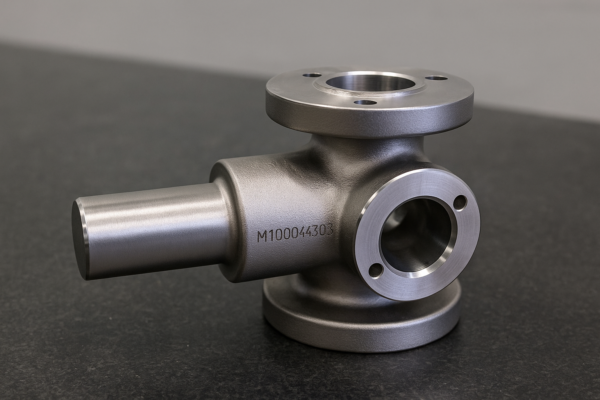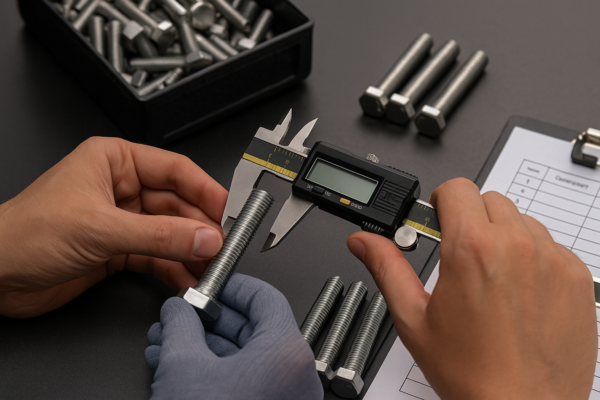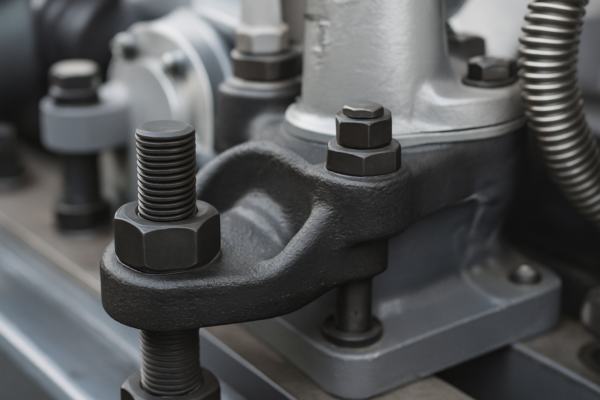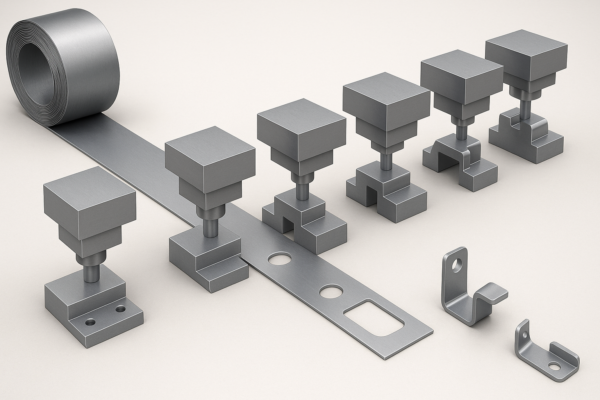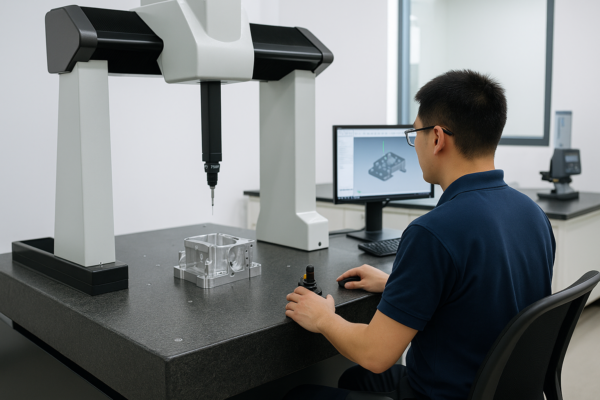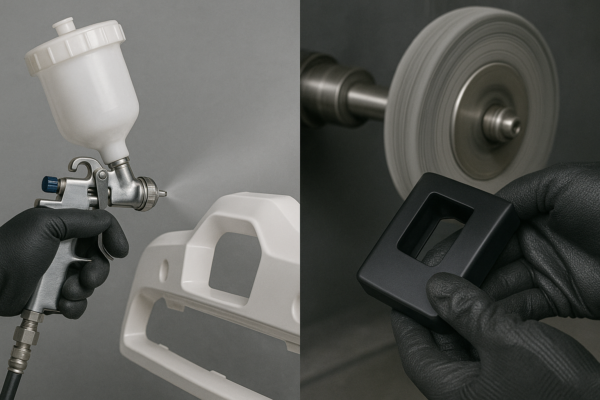What Does TIG Stand For?
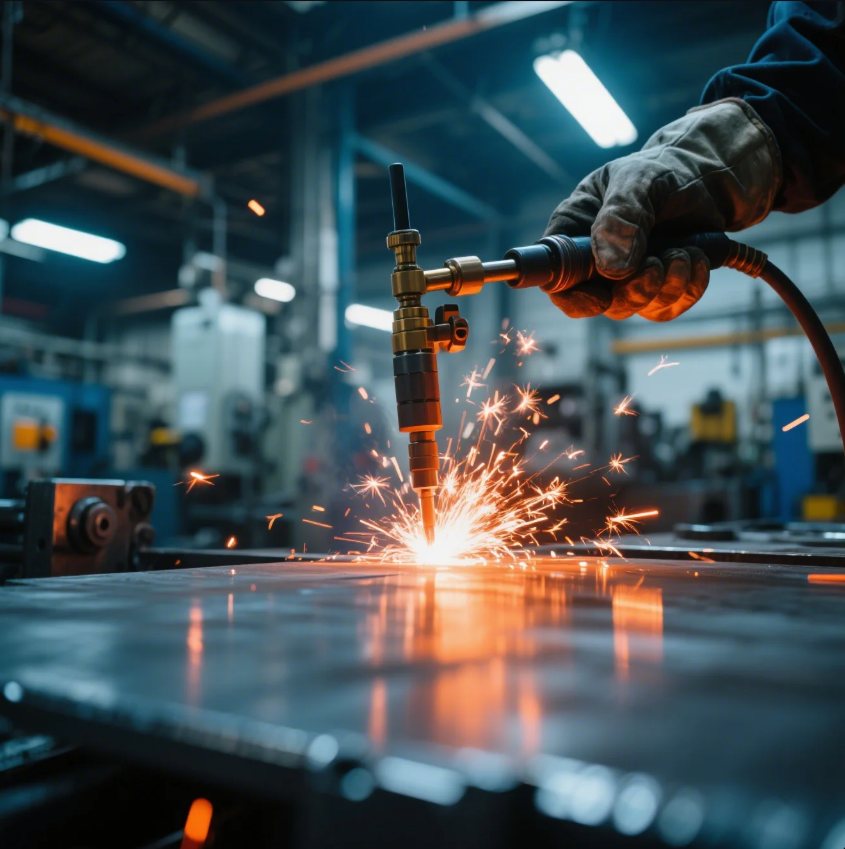
Confused by welding acronyms? One small misunderstanding can ruin your project setup.
TIG stands for Tungsten Inert Gas—a precise, high-quality welding process for critical components.
Let’s explore what TIG really means, how it compares to MIG, and whether it’s right for your project.
Is TIG stronger than MIG?
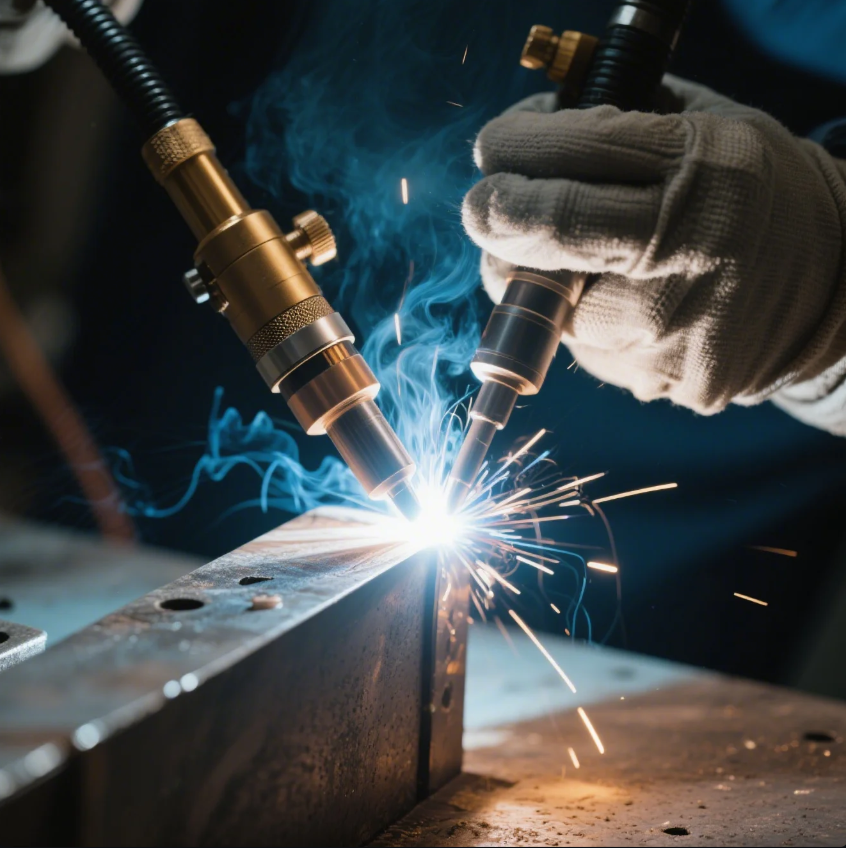
Many assume TIG is automatically stronger—but that’s not always true.
TIG welds are cleaner and more precise, while MIG offers higher speed and penetration on thicker parts.
TIG vs. MIG: Which creates stronger welds?
The answer depends on the material, application, and operator skill. For thin metals or non-ferrous alloys like aluminum, TIG usually wins for precision and strength.
But for structural steel or high-volume production, MIG welds hold up just as well, with faster throughput.
Key strength factors:
- Material thickness
- Welding position
- Operator skill level
- Joint design
Table: TIG vs. MIG Weld Strength Overview
| Criteria | TIG Welding | MIG Welding |
|---|---|---|
| Thin Metal Strength | Excellent | Moderate |
| Thick Metal Strength | Moderate | Excellent |
| Heat Control | High (precise) | Medium |
| Penetration Depth | Low to medium | Medium to high |
| Consistency (automation) | Limited (manual process) | High (robotic MIG available) |
At Prime, when clients ask for critical-use parts like medical casings or instrumentation panels, we default to TIG. But for structural brackets or bulk chassis work, we often recommend high-speed MIG with CNC pre-prep.
What is TIG welding short for?
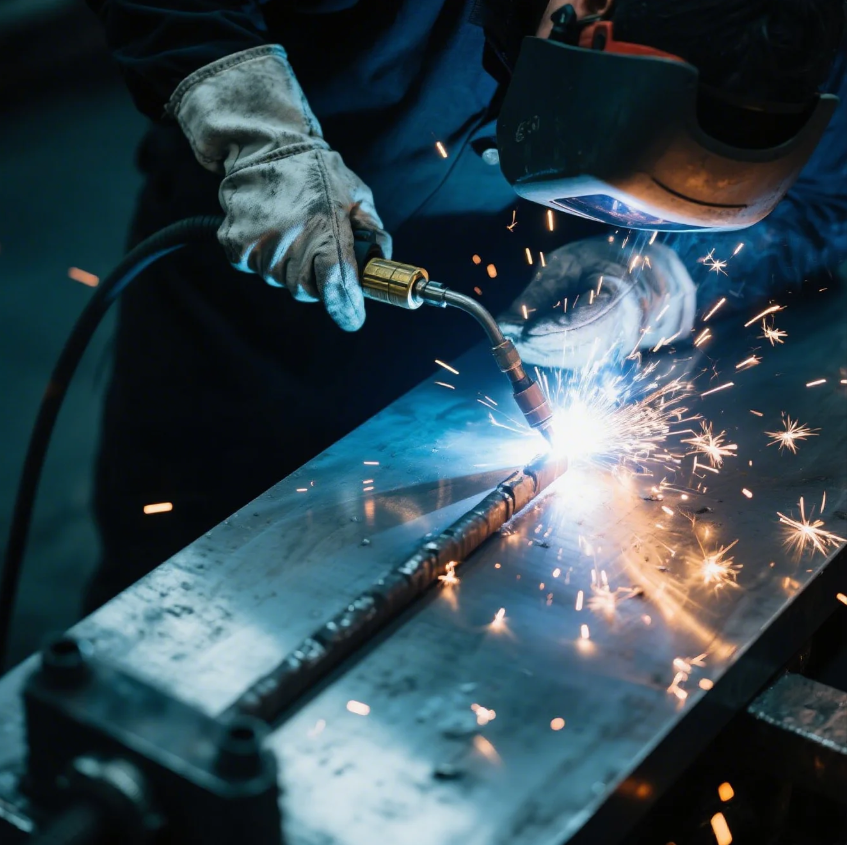
Most people don’t realize TIG is actually the same as GTAW.
TIG stands for Tungsten Inert Gas welding, also known as Gas Tungsten Arc Welding (GTAW).
What does each part mean?
- Tungsten: The electrode is made of tungsten, a metal with a very high melting point.
- Inert Gas: Usually argon, it shields the weld pool from oxidation.
- Arc Welding: An electric arc is formed between the tungsten electrode and the metal.
Unlike MIG, TIG does not feed filler wire automatically. The welder must manually feed rod, giving them more control over the weld puddle.
This is why TIG produces super clean and accurate welds, even on thin stainless steel or exotic alloys.
Table: TIG Components and Functions
| Component | Function |
|---|---|
| Tungsten Electrode | Creates arc, does not melt |
| Filler Rod (manual) | Adds material to the weld pool |
| Argon Gas | Shields arc from contamination |
| Power Source | Regulates current and heat input |
At Prime, we offer TIG welding services for aerospace and lab-grade assemblies where the weld bead must be flawless and contamination-free.
Can you TIG weld without gas?
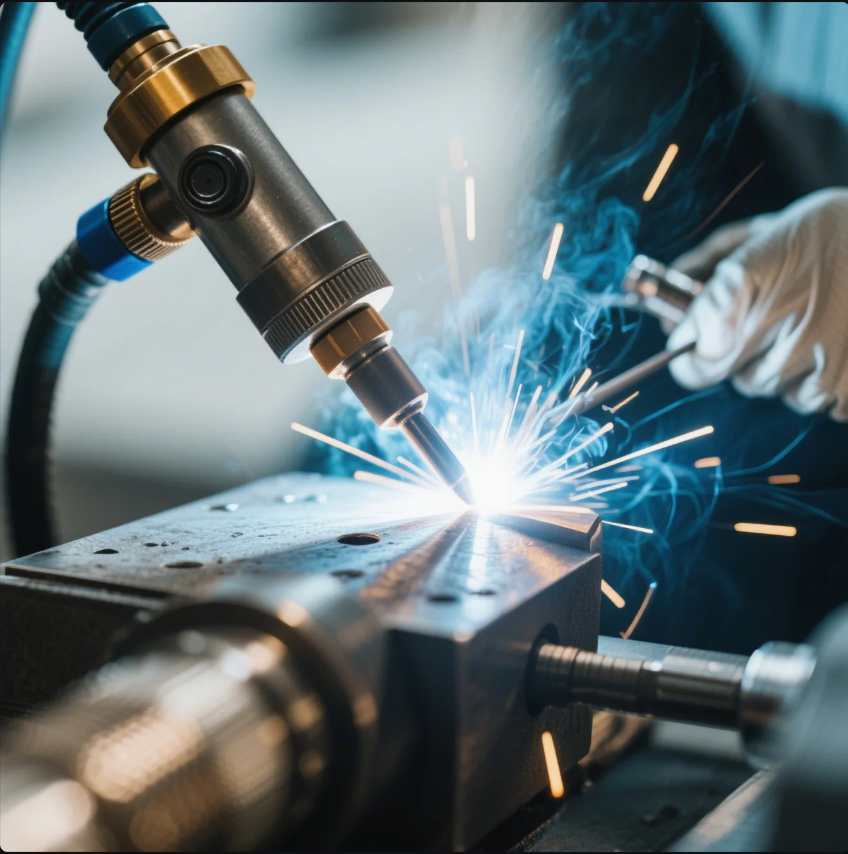
Skipping shielding gas in TIG is like cooking without fire—it just won’t work.
No, you cannot TIG weld without shielding gas—argon is essential to protect the weld pool.
Why gas is critical in TIG welding
The TIG process relies on inert gas shielding to protect the molten weld from reacting with air. Without gas, the weld will instantly oxidize and become brittle or porous.
Unlike flux-core or stick welding, TIG doesn’t use any built-in flux or coating to offer protection. The electrode itself is non-consumable and doesn’t burn off any shielding material.
Gas options and their purpose:
- Argon: Most common for all materials
- Argon + Helium: Used for deeper penetration in thick aluminum
- Argon + Hydrogen: Occasionally used for stainless steel, with caution
Table: Shielding Gas Roles in TIG
| Shielding Gas | Use Case | Effect |
|---|---|---|
| Argon | Universal | Smooth arc, stable weld pool |
| Argon + Helium | Thick aluminum, copper | Increases heat, deeper welds |
| Argon + Hydrogen | Thin stainless steel (limited) | Improves fluidity, risky |
Prime’s welding lines are equipped with multi-gas regulation systems, so we can TIG weld parts with high complexity and unique metallurgical needs.
Why is TIG welding the hardest?
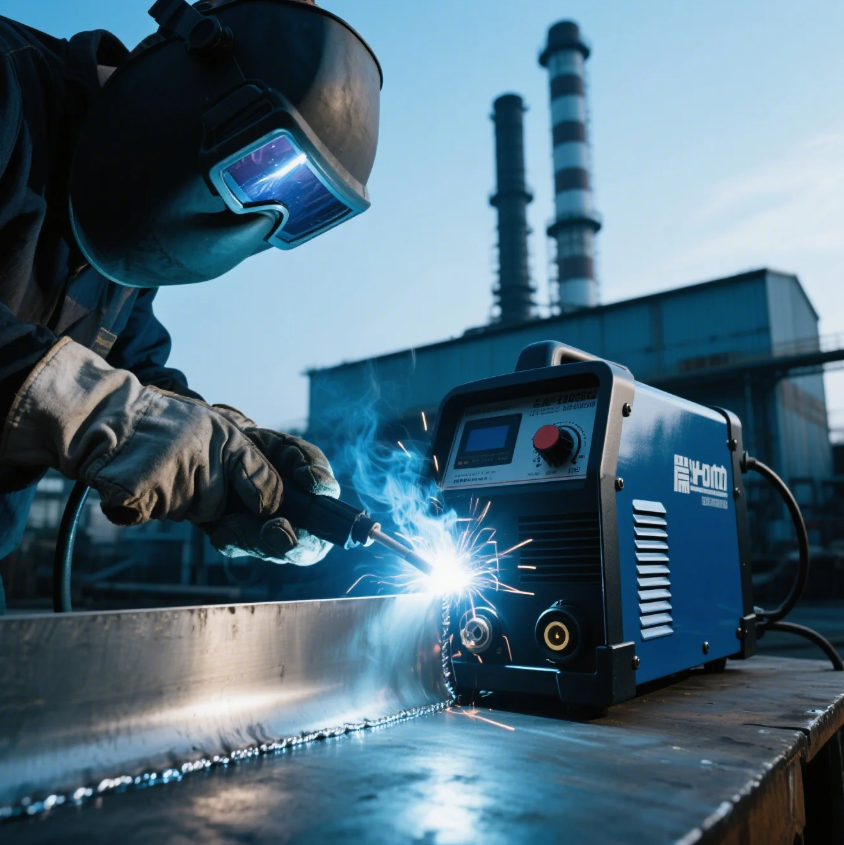
TIG welding demands full coordination—foot, hand, and eye—all at once.
TIG welding is hard because it requires manual filler feeding, steady arc control, and high cleanliness.
What makes TIG the most advanced welding skill?
In MIG or stick welding, the filler is fed automatically. But with TIG, you must:
- Hold the torch in one hand
- Feed filler rod with the other
- Control amperage via foot pedal
- Watch the puddle constantly
This level of multitasking, combined with tight tolerance for heat control, makes TIG unforgiving—especially for beginners.
Other complexity factors:
- Weld joint must be 100% clean
- Workpiece must be clamped properly
- Gas flow must be precisely regulated
- Small mistake can cause weld defects like undercutting or lack of fusion
Table: TIG vs. Other Welding Complexity
| Skill Required | TIG | MIG | Stick |
|---|---|---|---|
| Arc initiation | Difficult | Easy | Moderate |
| Hand coordination | Very high | Low | Medium |
| Cleanliness needed | Very high | Moderate | Low |
| Weld speed | Slow | Fast | Medium |
| Ideal for | Precision | Production | Repairs |
At Prime, only our most skilled operators and robotic TIG systems handle TIG welding for clients in aerospace, automotive, and instrumentation industries.
Conclusion
TIG means precision, but also complexity—perfect for experts, not easy for entry-level welders.
Looking for TIG-welded parts without the learning curve?
Contact Prime today for professional welding solutions and customized components.
We offer certified quality, global shipping, and fast turnaround from our ISO-approved factory.
Start your project the right way—reach out now for a free quote.

